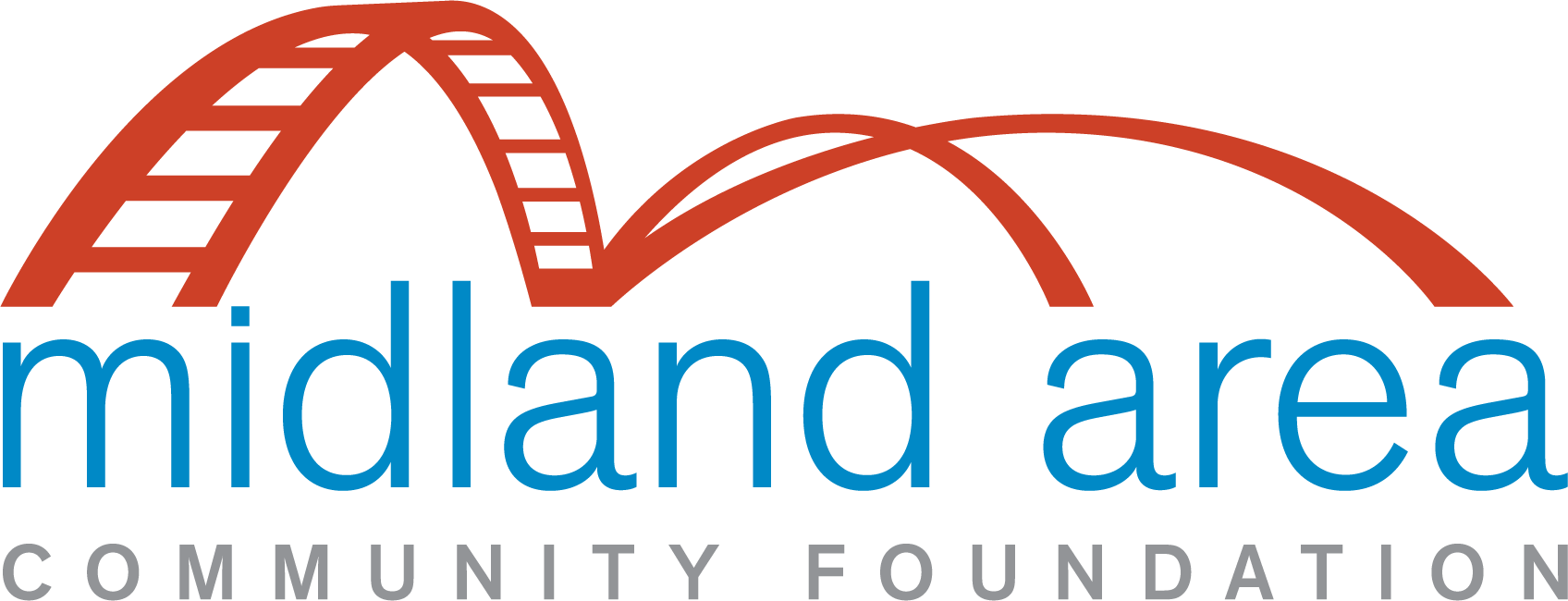“Communities of Excellence came out of the Baldrige National Quality Program, our nation’s highest presidential award given to organizations for performance excellence. Prior recipients of the Baldrige Award knew that communities also deserve the benefits of taking a systematic approach to serving their stakeholders and continuous improvement, so they derived the Communities of Excellence framework from the Baldrige framework. The framework’s seven categories are Community Leadership, Community Strategy, Residents, Measurement, Analysis, Knowledge Management, People Resources, Community Operations, and Results. More than ten years ago, the Community Success Panel formed here in Midland to convene various stakeholders to help our community move forward, and Communities of Excellence is the framework the panel currently uses. There’s a company whose tagline was, ‘We don’t make the product, but we make it better,’ and that’s what Communities of Excellence does: it doesn’t change what is important to us as a community; it helps us achieve it more efficiently and effectively.
As with all communities, we have limited resources and significant needs, and we want to make significant progress in improving our community. It’s a very performance-driven and structured process based on a collective impact model. To that point, part of the process is learning about different efforts that are currently underway, then pulling them together and aligning them so we’re not duplicating efforts and can achieve the maximum impact. In that respect, with how Communities of Excellence helps us marshal our scarce resources, we can’t afford not to use this approach.
Year One of the three-year curriculum is introspection: who are we as a community? What are we about? What do we need? Year Two is creating a plan, deciding how to address our community’s top priorities. Year Three is implementing the initiatives and measuring their impact. Because improvement never stops, after Year Three, the goal is to make continuous progress and adapt our priorities as our community’s needs change.
After each year, we submit a self-assessment and receive feedback. One of the things that came out of that was a need to broaden our community input and engage in two-way communication with our constituents. To help with that need came the Communities of Excellence Navigation Team, which announced to anyone in the community that they could participate in monthly presentations on different themes: transportation, mental health, addiction, and others. It was meant to be interactive and be a broader way to gather input.
That effort evolved into the Max Loves Midland website, along with one of its big successes, something we never had: a community calendar.
This all ties back to our community vision, which is ‘Together. Forward. Bold. An inclusive community where everyone thrives. If we’re serious about that, about being inclusive and a place where truly everyone can thrive, we must hear from all the voices in the community, not just the usual people around the table. For example, we want to make sure that we’re hearing from the agricultural community, people with disabilities, those living out-county, and those lacking dependable internet, and this process has helped make that happen.
One of our focus areas is Thriving Workforce. How do we help people secure a living wage, and not just a job barely making ends meet? One of the things we learned was that people weren’t taking advantage of the Earned Income Tax Credit, so there was a concerted effort between the United Way, the MACF, and the Community Center to educate people on what the tax credit is and how people can benefit from it. The end result was a significant increase in people who were eligible to apply for the credit.
It’s a very data-driven process, so one of the things we have been working on is finding the right measures so we can put the right kind of processes and programs in place to have the right kind of impact. We used a three-year curriculum, but true continuous improvement is self-perpetuating; we can adapt it for the future. Communities of Excellence is an evergreen approach to fulfilling our vision as a community.
Some of the initial reaction to Communities of Excellence was, ‘Oh, here’s one more thing to do.’ I think since then, we’ve won people over because it’s the right thing to do because if we do it right, it will help us make more progress on what is already important.”
—Kristin Stehouwer and Lou Mencia





